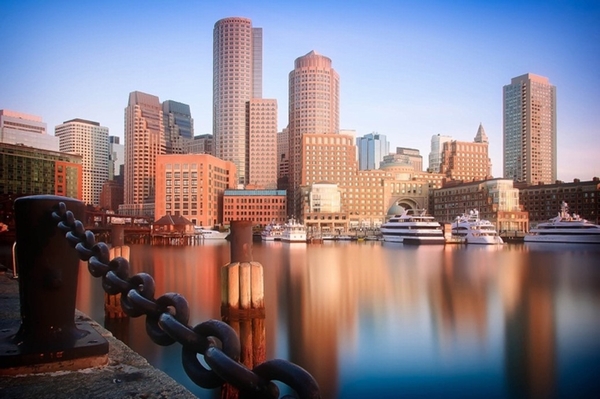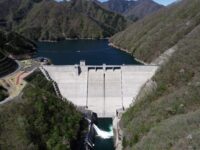本紙5面で毎月第4月曜日に掲載している「エネルギー&デジタルPLUS」で、エネルギー集約型産業の脱炭素化を支援するAsia Focusのスティーブン・トーマス氏による連載が10月28日付からスタートしました。電力系のスタートアップなどが集中する米国東海岸のニューイングランドにスポットを当て、その最新動向を寄稿します。本紙では日本語の要約版、電気新聞ウェブサイトでは英語の全文をそれぞれ掲載します。
How New England Became America’s Innovation Engine

New England, located in the northeastern corridor of the United States, has long been the cradle of innovation, serving as a focal point for nearly every technology-driven industry in the country’s early history. From maritime craftsmanship in the 1600s, to innovation in the textile industry in the 1700s, to sewing machine mills boom of the 1800s, to the rise of the early automotive industry at the turn of the 1900s. But as with the case of the earliest automobiles, a breakthrough innovation in one area can cannibalize one technology, paving the way for explosive business growth. Today, New England is at the forefront of major advances in Life Sciences and a leader in commercializing innovations in Robotics, AI, fintech and clean technology. However, it wasn’t always this way.
From the post World War II economy through the early 1980s, Massachusetts was far from a haven for innovation. The nickname for the state in the 1970s was “Taxachusetts.” The New England economy through the end of the 1970s mirrored that of post-war England—rife with economic stagnation,high unemployment, and labor and racial strife. From the outskirts of Cambridge, outside of Boston, stretching north to the border states of New Hampshire and Vermont, textile factories were emptying and moving to China. Only neighboring Connecticut to the south propped up by its proximity to New York City’s financial hub, was during well. Despite M.I.T. being home to modern radar, arguably the most important determinant of the Allies’ victory against Germany in WW2, there was little momentum after the war to support Massachusetts’ economy. From the 1950s through the 1970s, the state was infamous for the Irish Mafia, and high taxes. Commercially speaking, Massachusetts was dead.
Even the most talented engineers and scientists graduating from MIT and the surrounding universities could not find employment. But empowered by the latest advances in computing, backed by new solid-state electronics, the smartest graduates started their own companies, launching exciting state-of-the-art hardware and software enterprises such as Symbolics, Thinking Machines, Apollo Computer, Wang, Lotus, Data General, and Digital Equipment Corporation. The region’s growth was further supported by steady investments through the end of the Cold War in applied research by defense contractors BBN, Draper Labs, MITRE, Raytheon Corporation and others. The rapid turnaround in the state’s economy gave rise to the “Massachusetts Miracle”—record economic growth leading to a sense of economic invulnerability. The economic prosperity of Massachusetts was so glowing that it served as a platform for then-governor Michael Dukakis to launch his presidential campaign in 1988.
















